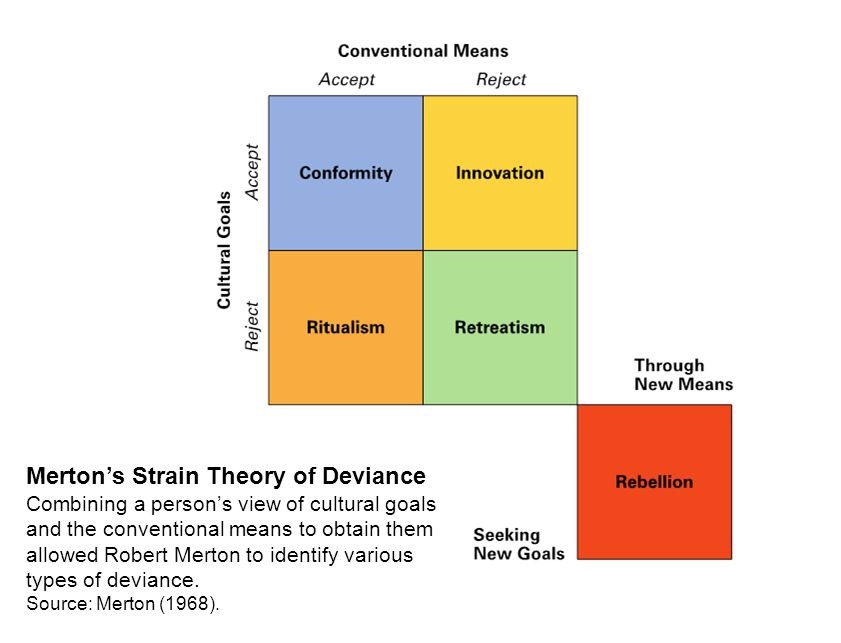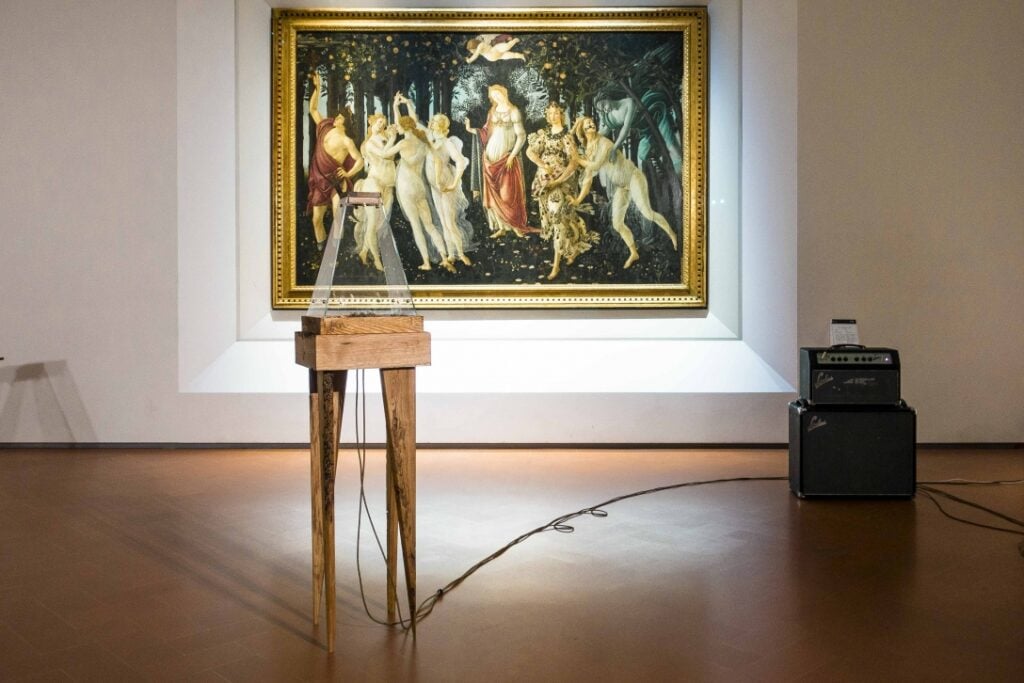Years ago we were asked during a university lecture: “Can art change the world?“. A question so complex that it silenced most participants. Can the presence or absence of art change the course of things? But above all: what does every person’s world consist of? For most of us, work is a big part of our lives. So when we talk about change, maybe we should start there. For example, consider the interactions between art and business context in the mutual exchange of benefits for those involved.
Bonotto’s fabrics and the Fluxus movement
The Bonotto company is a textile manufacturer founded in Vicenza in 1912 by Luigi Bonotto. Over the years it has undergone a significant transformation, becoming a reference point for the supply of fabrics until it suffered a setback in the 1970s due to the boom in Chinese-made imports.
The creative director at the time, Luigi Bonotto (namesake and nephew of the first Luigi), a great lover and collector of Fluxus art, decided to invite several artists of the movement to the company and set up an artist residency. Luigi hoped that a possible artistic contamination could somehow make the fabrics more competitive in an already saturated market, but the result was completely unexpected: the Fluxus artists decided to apply the deconstruction process typical of their works by manipulating textile machines. This led to the creation of unique and unrepeatable fabrics and the process had such a resonance that it also inspired Giorgio Armani in the creation of the deconstructed jacket.
“Artists have given us the lens of creativityGiovanni Bonotto, the company’s current creative director, can say today. It is no coincidence that Bonotto is now one of the leading companies in the textile sector and one of the main suppliers of fabrics for haute couture.

What is creative deviation?
The artist Olafur Eliasson (Copenhagen, 1967) claims: “The work of art is not the object, but what the object does to the world“, and maybe he’s not entirely wrong. The Bonotto case shows how the artistic contamination of a context, in this case work, leads to an innovative development that can be defined by the term Creative deviation.
The concept of deviance first appeared in Social strain theory (1968) by the sociologist Robert K Mertonfor the “Deviance is the inability to adhere to the rules, laws and regulations in force in society and organizations“. Merton is convinced that the real problem of deviation lies not in a sudden change in society, but rather in the social structure itself, which sets similar goals for all its members but does not provide them with the same resources to achieve these goals. For this reason, each individual chooses the procedure that proves to be the most technically effective in achieving these objectives, regardless of whether it is more or less legitimate. Although deviant behavior may seem harmful to society, There are cases where breaking the rules is positive because it creates innovationas in the case of Bonotto.
Innovation can also come from art at work
All innovations begin with a creative idea, which in most cases arises from deviant behavior that violates the existing order in favor of a new structure. A study by Florida State University professors Parul Acharya and Regina Taylor shows how deviant behavior in the work context, when accompanied by creative processes, drives innovation and converts it into a competitive advantage for the company. Inviting artists to reside at a corporate facility, working closely with employees, and creating a unique experience for artists are ideal conditions for creating a creative context that can influence how employees behave towards innovative deviations. These are the results of an artist residency in the company.

What is a company artist residency?
An artistic intervention in a corporate context is a process that brings people, products and practices from the art world into organizations: we are talking about art-based initiatives (ABIs). The intention is that these interventions will work towards this solve problems specifically within organizations and encourages participants to question and reflect on the ways of working that are most deeply rooted in the company and to use new approaches. Artists are therefore called upon to create a kind of “intermediate space” in which, using the method they consider most appropriate The organization’s norms and routines are temporarily suspended to make room for new ways of thinking and behaving. Art-based interventions are usually managed by an intermediary organization that takes care of facilitating collaboration between the artist and the company: this is the case with Unlikely connections, a Spanish reality dedicated to promoting alternative uses of art in the work context. In an experiment involving 33 medium-sized companies and organizing artist residencies to improve employee well-being, Conexiones Improbables achieved surprising results. For most of the staff, being close to the creative processes of the artists had translated into aspects that can be grouped into three categories: valuable help in personal development, realization of relationships with colleagues and greater interaction with the company.
In-house artist residencies in Italy
Although artist residencies in companies are still little known, several projects have been carried out, especially in Italy Artify, a work born from the collaboration between the Ca Foscari University of Venice, the IUAV – Department of Management and the MAC Lab of Professor Fabrizio Panozzo, within which artist residencies were activated in various Venetian SMEs. These art-based projects gave rise to real artistic installations, including I always expect it to become a volcanoof the artist Valentina Furian for the company Ugolini Srl, e The insectophoneemerged from the collaboration of the collective The entrepreneurs and the Daniele Manin shipyard. Or the Art Thinking projects that Francesco Cascino created in Italy with Arteprima.
Art can therefore not only exist in museums and galleries, but also act as an active part in changing some aspects of people’s behavior in certain contexts.
Can art change the world? It’s possible he already has.
Elena Zamboni